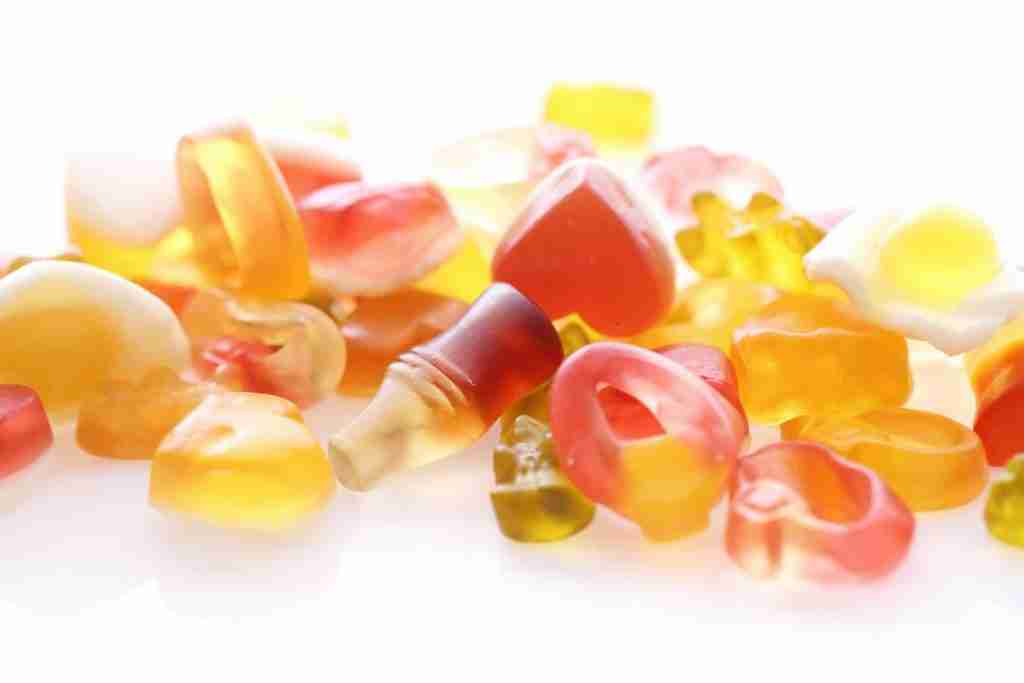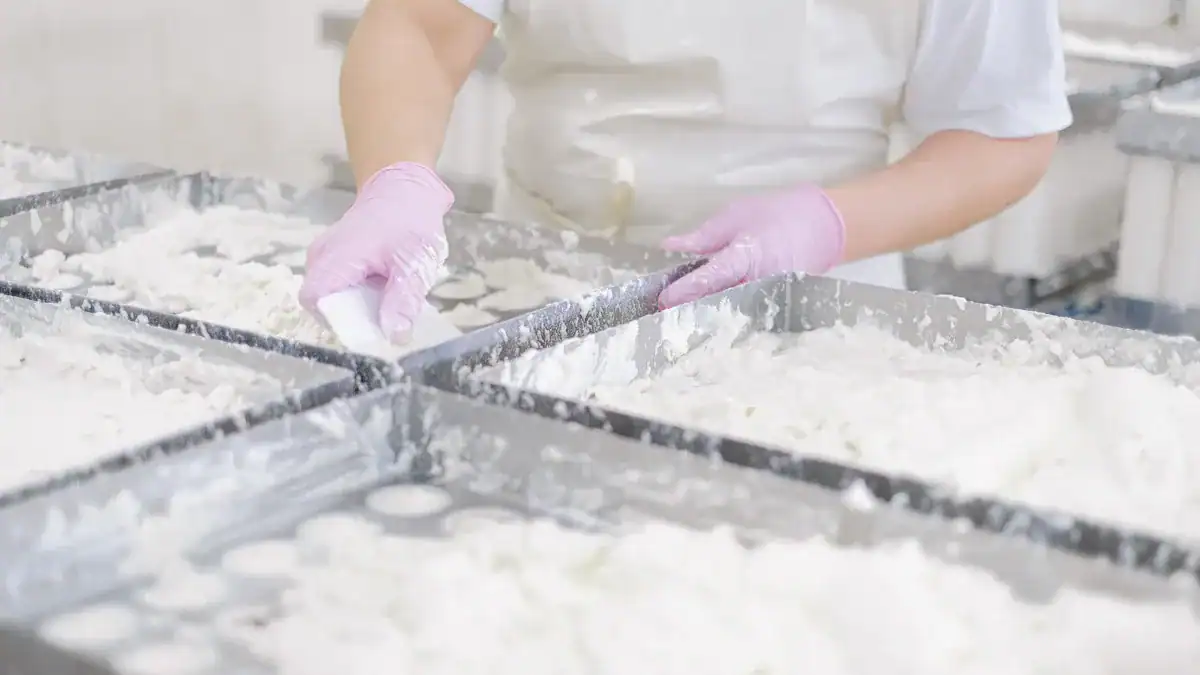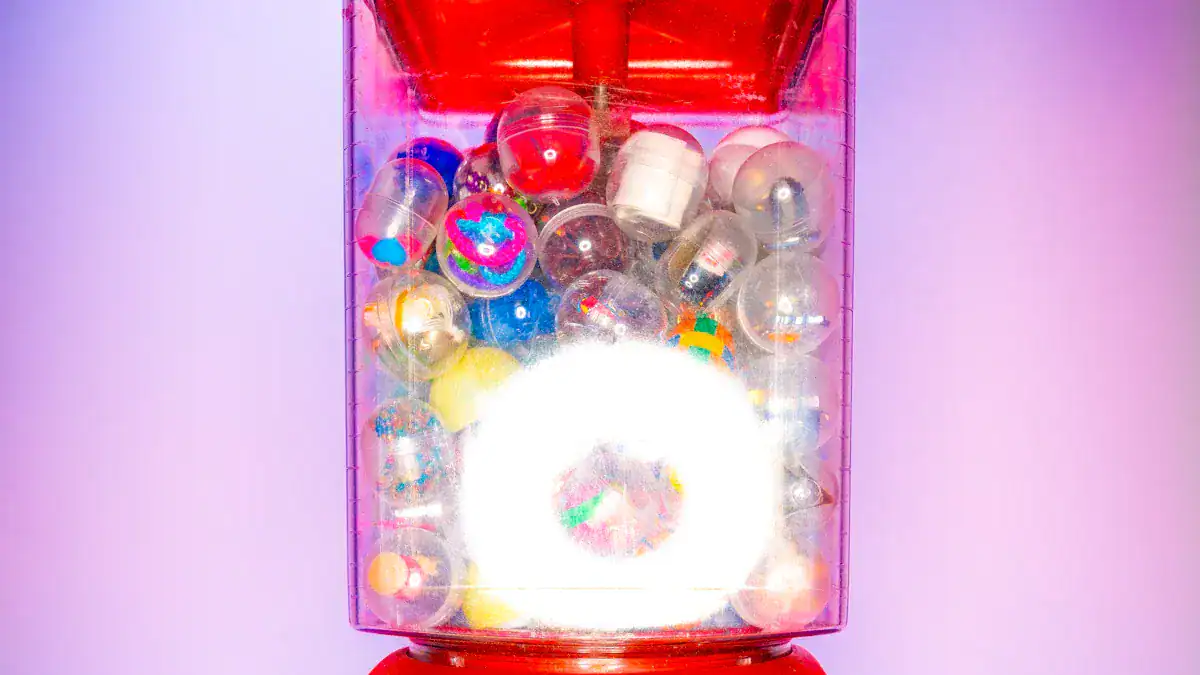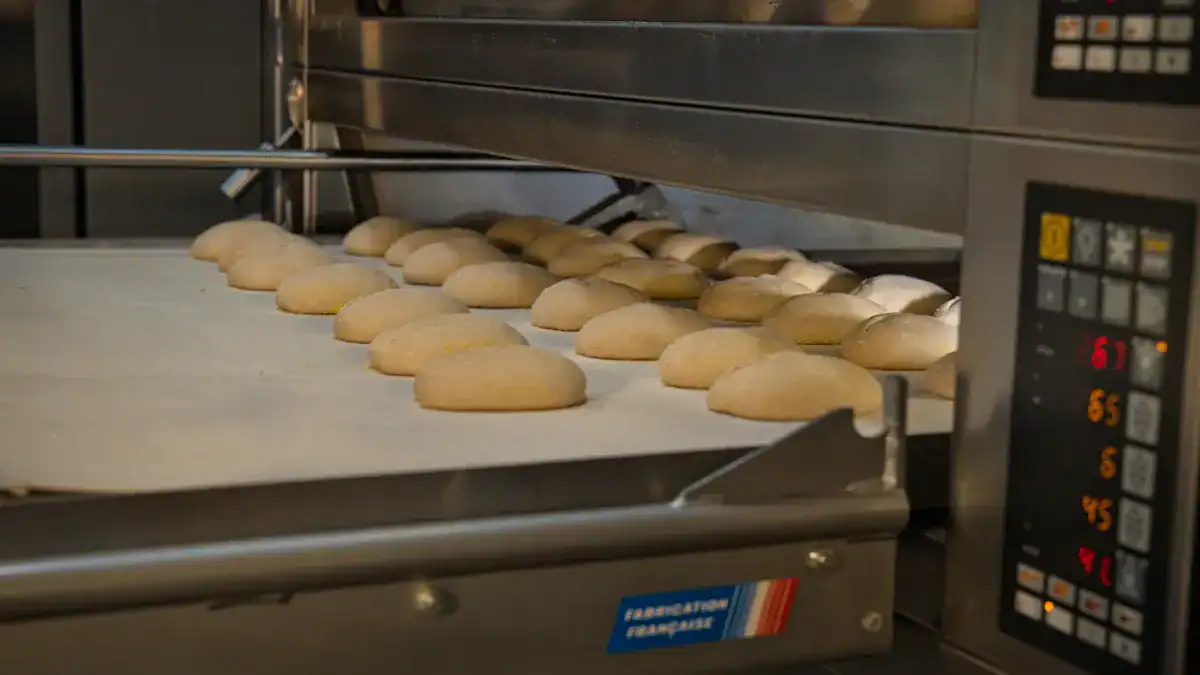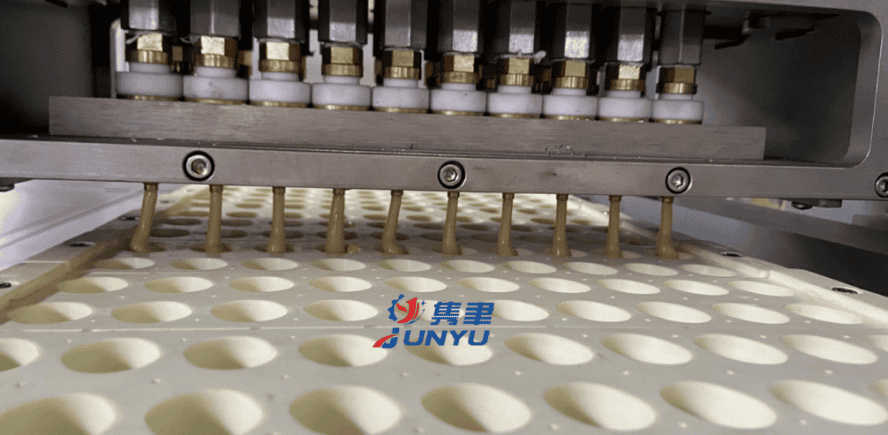Gummy bears, with their iconic shape and delightful chewiness, are a favorite candy for many. But how do these little treats take on their familiar form? The answer lies in the molds used by gummy bear machines. In this article, we delve into the types of molds that play a crucial role in the creation of these beloved confections.
1. Stainless Steel Molds
The most common material for gummy bear molds is stainless steel. Known for its durability, resistance to corrosion, and ease of cleaning, stainless steel is the ideal choice for candy production. These molds feature intricate designs that can produce gummy bears in various sizes and shapes.
2. Silicone Molds
Silicone molds are another option, particularly for smaller-scale or artisanal gummy bear production. Silicone is flexible, allowing for easy release of the gummies once they have set. It’s also non-stick, which can be beneficial for certain types of gummy candies.
3. Multi-Cavity Molds
Gummy bear machines often use multi-cavity molds to maximize production efficiency. These molds have multiple cavities, each designed to produce a single gummy bear. The multi-cavity design allows for the simultaneous production of dozens, or even hundreds, of gummy bears in a single pour.
4. Single-Cavity Molds
For smaller production runs or for creating larger, individually wrapped gummy bears, single-cavity molds may be used. These molds feature one large cavity instead of many small ones, allowing for the creation of jumbo-sized gummy bears.
5. Custom-Shaped Molds
While the traditional bear shape is the most well-known, gummy candies can come in a variety of shapes, from animals and fruits to letters and symbols. Custom-shaped molds allow manufacturers to create gummy bears and other gummy candies in unique and innovative forms.
6. 3D Molds
Some gummy bear machines use 3D molds to create candies with more depth and detail. These molds have a more complex structure, allowing for the creation of gummy bears with distinct facial features or textured surfaces.
7. Reusable Molds
In an effort to reduce waste and promote sustainability, some manufacturers opt for reusable molds. These molds can be cleaned and reused multiple times, reducing the need for single-use plastic molds.
8. Color-Layered Molds
To create gummy bears with multiple colors or gradients, specialized color-layered molds are used. These molds allow manufacturers to pour different colored gummy mixtures into different layers of the mold, resulting in gummy bears with a unique color pattern.
9. Textured Molds
For gummy bears with a textured surface, such as those designed to look furry or rough, textured molds are used. These molds have tiny indentations or patterns on their surface that are transferred to the gummy bear as it sets.
10. Demolding Aids
While not a mold type, demolding aids are an important component in the gummy bear production process. These aids, such as release agents or specially designed mold coatings, ensure that the gummy bears can be easily removed from the molds without damage.
Conclusion
The molds used in gummy bear machines are as diverse and innovative as the candies they produce. From stainless steel multi-cavity molds to custom-shaped and textured molds, each type plays a crucial role in shaping the gummy bears we all know and love. The next time you reach for a gummy bear, take a moment to appreciate the craftsmanship and technology behind its creation

